Shrimp gut microflora is largely derived from the aquatic rearing environment
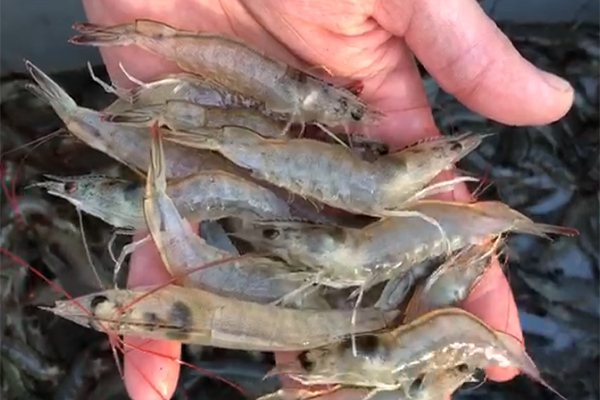
An aquaponic system is characterized by a symbiotic relationship among aquatic animals, plants, and biofloc. Bacteria are responsible for transforming nitrogen-rich effluent into metabolic forms that can be absorbed by plants, thereby improving nutrient removal efficiency and supporting vegetable production. In recent years, aquaponic systems between fish and vegetables have been a focus of research, particularly in terms of freshwater fish and vegetables.
However, there are no reports involving an aquaponic system for Pacific white shrimp (Litopenaeus vannamei) and various vegetables under brackish conditions (salinity 5–15). In this study, an aquaponic rearing mode between L. vannamei and the boxthorn shrub (Lycium barbarum) is explored under the condition of 10 ppt salinity.
This article – summarized from the original publication (Dou, Y. et al. 2023. Intestinal Microbiota Differences in Litopenaeus vannamei Shrimp Between Greenhouse and Aquaponic Rearing. Life 2023, 13(2), 525) – reports on a study that explored the differences in intestinal and water microbiota between greenhouse and aquaponic production systems for L. vannamei.
Study setup
In this study, authors collected shrimp samples from greenhouse-rearing (WG) and aquaponic-rearing (YG) ponds, and water samples (WE, YE) and investigated the intestinal and water microbiota between the two rearing modes.
Shrimp juveniles from a commercial marine shrimp hatchery were cultured at 400 animals per square meter in the greenhouse system, and at 1000 shrimp per square meter in the aquaponic system. Water samples and shrimp intestines from the greenhouse ponds (WG) and aquaponic ponds (YG) were collected when the animals had been reared for 60 days, and shrimp body sizes ranged from 11.9 to 12.7 cm. Water and gut samples were subjected to a variety of analyses.
For detailed information on the experimental design, animal husbandry and sample collection and preservation; DNA extraction, PCR amplification and other procedures, and statistical analyses, refer to the original publication.
Results and discussion
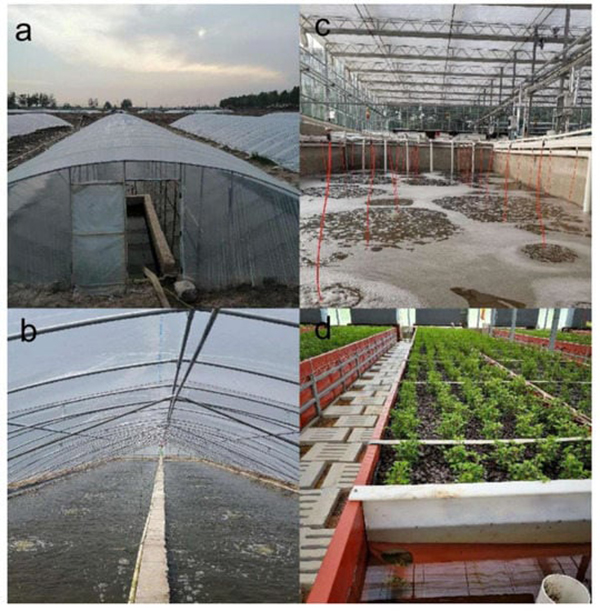
There is a lack of understanding of the difference between greenhouse earthen ponds and aquaponic ponds rearing L. vannamei. In our study, the analysis of specific diversity measurements showed that the microbial diversity of the water samples (WE, YE) was significantly higher than that of the intestinal samples (WG, YG). This suggests that the microflora in shrimp intestines was largely derived from the nearby aquatic environment or that the two contributed to the formation of microflora, and that the shrimp intestinal microbiota can act as a barrier against the surrounding environmental microbiota.
At the phylum level, the statistical analysis between WE and WG revealed that the common bacteria were, in descending order, Proteobacteria, Actinobacteriota, Bacteroidota, Patescibacteria and Chloroflexi. These are different from the common bacteria between YE and YG: Proteobacteria, Actinobacteriota, Firmicutes, Bacteroidota and Verrucomicrobiota. Other researchers have previously reported that Proteobacteria, Firmicutes, Actinobacteria and various others are the dominant phyla in L. vannamei and the surrounding environment. In our study, Proteobacteria and Actinobacteriota were the most prevalent bacteria in both culture modes.
At the genus level, the analysis between WE and WG revealed that Amaricoccus, Micrococcales, Flavobacteriaceae and Paracoccus were the dominant bacterial genera, while Acinetobacter, Demequina and Rheinheimera were the dominant bacterial genera between YE and YG. This indicates that the core flora between the greenhouse and aquaponic modes was significantly different. The Amaricoccus, Paracoccus and Tessaracoccus bacterial genera were common between WE and WG, significantly higher than those between YE and YG. The Amaricoccus and Paracoccus genera are typical aerobic denitrifying bacteria that have the ability to decompose a broad range of organic compounds and transform nitrate into nitrogen gas.
The YG group had higher abundances of Acinetobacter, which are opportunistic pathogens. Additionally, the presence of Rhizobium, a symbiotic bacterium typically found in plant roots in the YG group suggests that the shrimp intestinal microbiota interacted with bacteria from the plant roots.
Previous studies indicated a strong relationship between the microbiota of shrimp intestines and their surrounding water, suggesting that microorganisms from ambient water can interact with the microbiota of aquatic animals. We identified 20 common phyla between WE and WG and there were no unique phyla in WG compared to WE. In contrast, eight unique phyla were observed in YG compared to YE, suggesting that the interaction between the shrimp intestines and water in greenhouse mode was stronger than that in aquaponic mode. It is likely that the presence of microflocs in the water body of the greenhouse mode is what caused the strong shaping effect on the shrimp intestines as they fed on these microflocs.
Despite the considerable distinctions between the greenhouse and aquaponic systems, nitrogen cycles such as denitrification, nitrous oxide denitrification, nitrite denitrification, nitrate denitrification, nitrite respiration and nitrate respiration did not show significant variations. This suggests that the autotrophic and heterotrophic denitrification systems in the YE and WE groups were capable of effectively removing water nitrogen.
Perspectives
We compared the microbiota of shrimp samples from greenhouse-rearing (WG) and aquaponic-rearing (YG) ponds, and water samples (WE, YE) to determine differences in microbiota populations between greenhouse and aquaponic modes. Our results revealed that there were basically no significant differences in specific diversities between the two production systems in terms of shrimp intestinal microbiota and water microbiota. However, the common bacteria between WE and WG differed significantly from those of YE and YG when analyzed at the phylum and genus levels. Various metabolic pathways – including the biosynthesis of secondary metabolites, microbial metabolism and carbon metabolism – were significantly more activated in WG than in YG.
Now that you've reached the end of the article ...
… please consider supporting GSA’s mission to advance responsible seafood practices through education, advocacy and third-party assurances. The Advocate aims to document the evolution of responsible seafood practices and share the expansive knowledge of our vast network of contributors.
By becoming a Global Seafood Alliance member, you’re ensuring that all of the pre-competitive work we do through member benefits, resources and events can continue. Individual membership costs just $50 a year.
Not a GSA member? Join us.
Author
-
Dr. Hui Shen
Corresponding author
College of Fisheries and Life Science, Shanghai Ocean University, Shanghai 201306, China
Tagged With
Related Posts
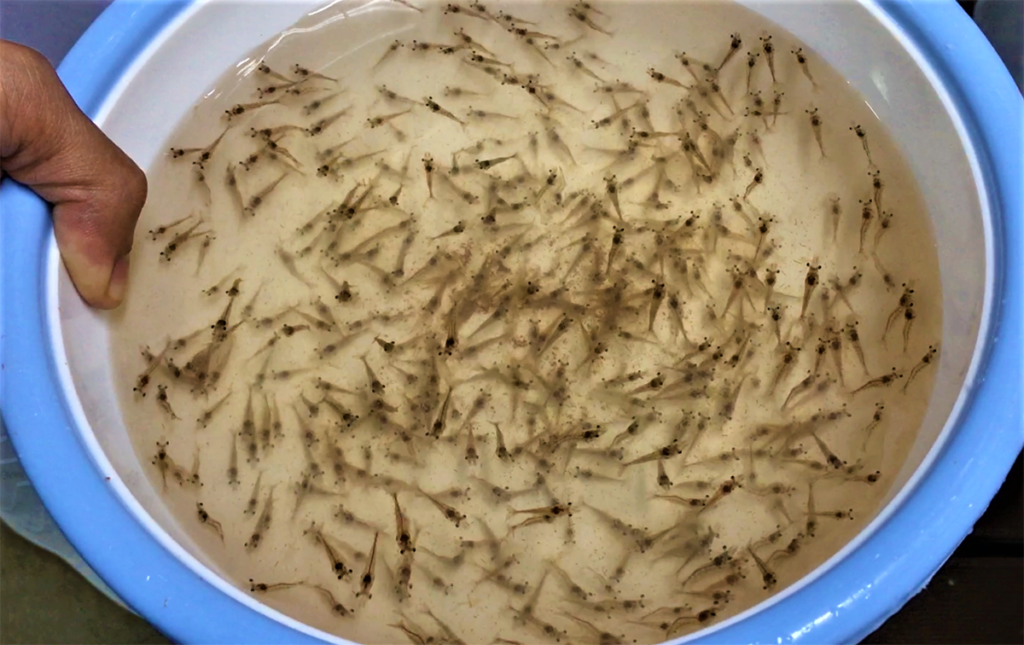
Health & Welfare
Assessing effects of long-term pH stress to Pacific white shrimp juveniles
Evaluating the effects of chronic pH stress on juvenile Pacific white shrimp, study results suggest adverse affects on gut microbiota functions.
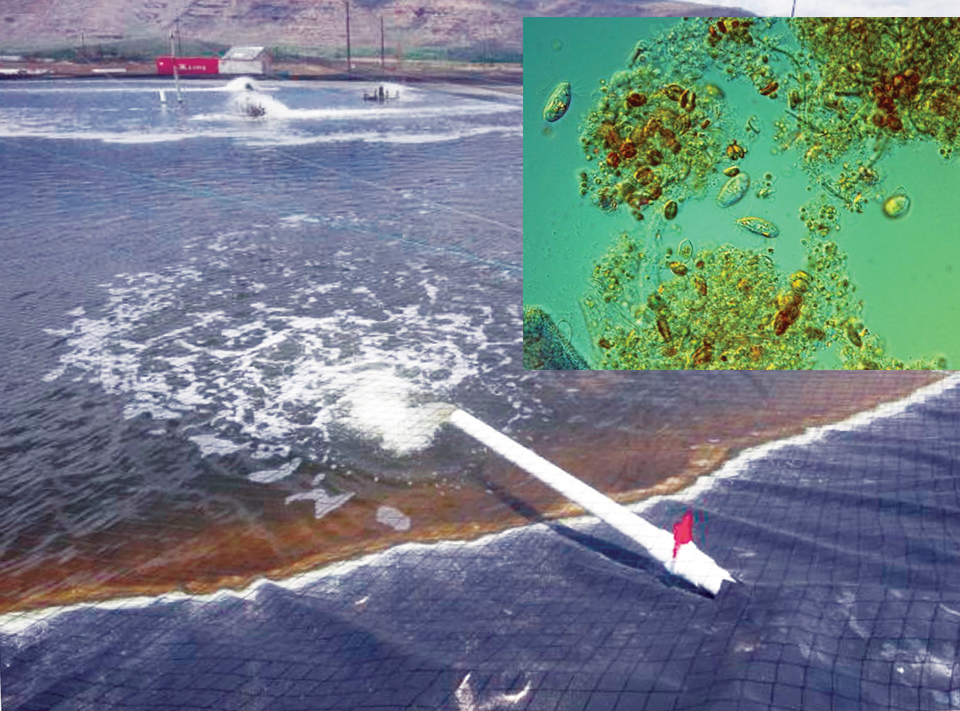
Health & Welfare
Do current shrimp practices favor EMS?
After refilling ponds, surviving microorganisms – including Vibrio parahaemolyticus, which causes EMS in shrimp – may benefit from the availability of nutrients in sediment and water and lack of competing microorganisms.
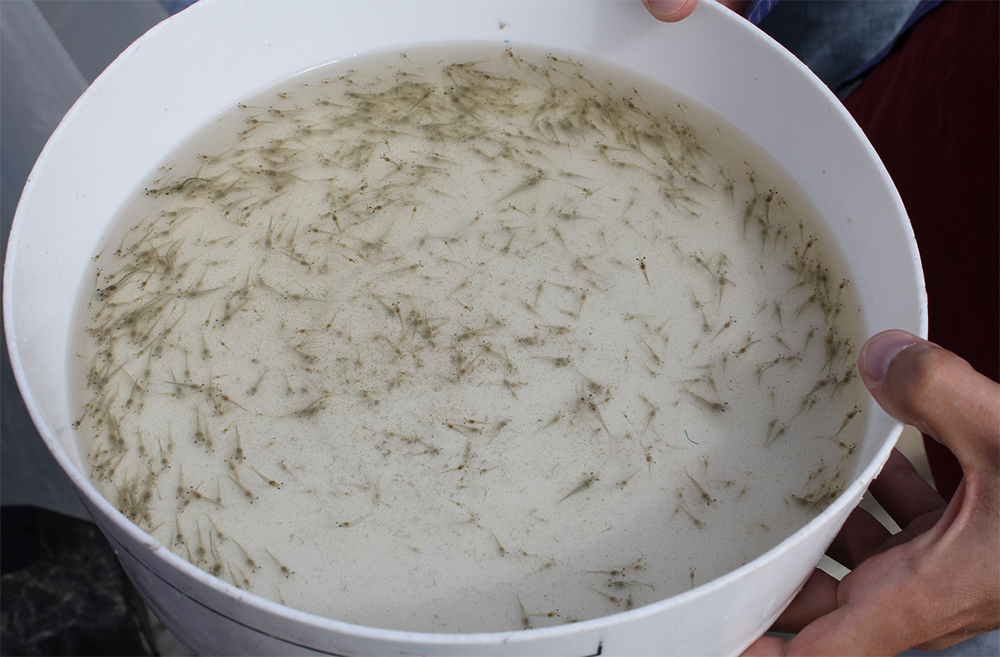
Health & Welfare
Evaluating commercial probiotic for juvenile Pacific white shrimp
This study evaluated the impact of feeding a commercial diet, top dressed with a commercial probiotic, to Pacific white shrimp in a biofloc-dominated tank system.
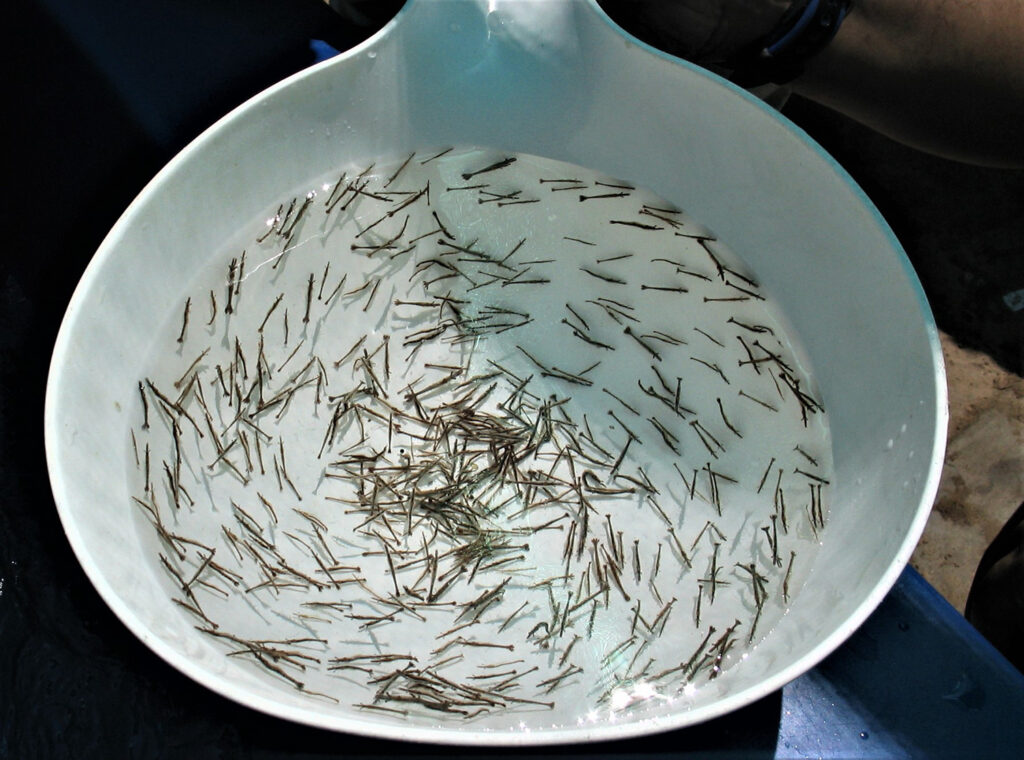
Health & Welfare
Microbial colonization in the early developmental stages of the black tiger shrimp
Microbial colonization in developing P. monodon could be shaped by different host developmental stages, diets, physiologies and immune statuses.



